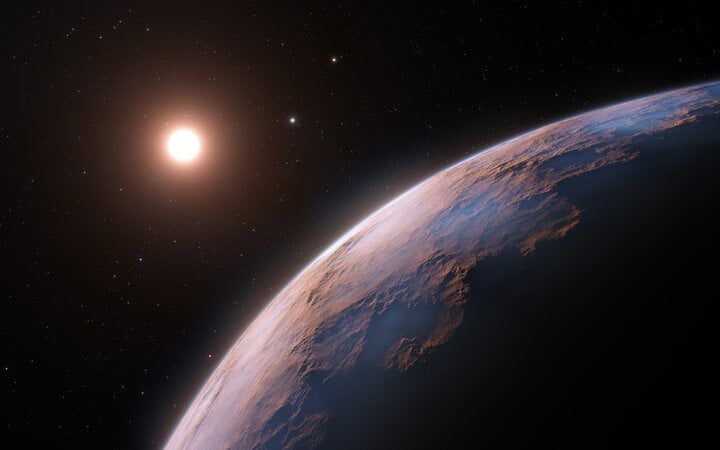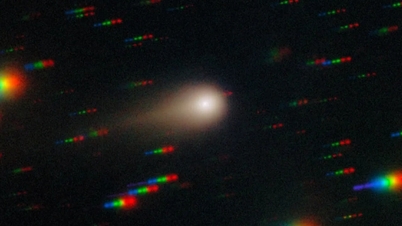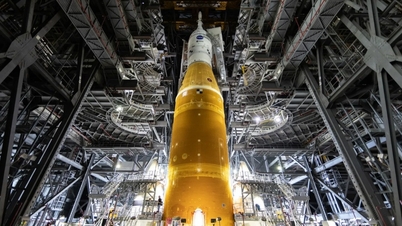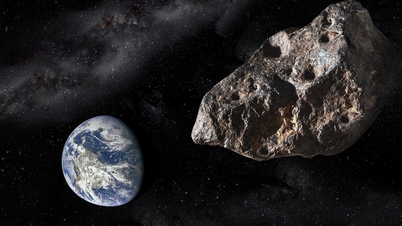Live Science cited a survey by the US National Aeronautics and Space Administration (NASA) saying that the agency has identified 17 exoplanets that may have suitable conditions for underground oceans under icy crusts. These planets could be bright candidates in the future human search for alien life.

Artist's impression of Proxima Centauri b, one of the exoplanet candidates for water. (Image: ESO/M. KORNMESSER)
According to NASA, life requires water. Therefore, astronomers and astrobiologists have focused on identifying exoplanets that may contain oceans. Liquid water can exist on the surface of the planet, but it can also exist in the form of underground oceans below the surface of the planet - where there is enough heat to keep them liquid and not frozen.
NASA has identified 17 planets that may harbor subsurface oceans buried under thick layers of ice. These worlds , like Jupiter's icy moons, could be promising places to search for biochemical signs of life.
While the geological makeup of these unknown planets remains unclear, estimates of their surface temperatures from previous studies suggest they are significantly colder than Earth. In addition, these 17 planets also have lower densities than Earth, despite being roughly the same size as our planet.
“Our analysis predicts that these 17 planets may have icy surfaces but temperatures below that are high enough to support subsurface oceans,” said Lynnae Quick of NASA’s Goddard Space Flight Center.
“Thanks to the amount of internal heating they experience, all of the planets in our study may also exhibit cryovolcanic eruptions in the form of geyser-like plumes,” Quick added.
The study builds on what we know from Jupiter's geyser activity. Two of the exoplanets named in the study, Proxima Centauri b and LHS1140 b, are particularly promising candidates because they have oceans relatively close to their surfaces.
Further observations of these planets will likely include recording the emission spectra of light passing through their atmospheres.
The study of the 17 planets was first published in October 2023 in the Astrophysical Journal.
Tra Khanh (Source: Live Science)
Source




![[Photo] Super harvest moon shines brightly on Mid-Autumn Festival night around the world](https://vphoto.vietnam.vn/thumb/1200x675/vietnam/resource/IMAGE/2025/10/07/1759816565798_1759814567021-jpg.webp)
































































































Comment (0)